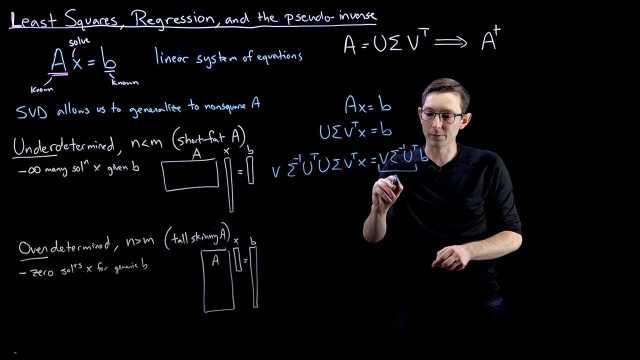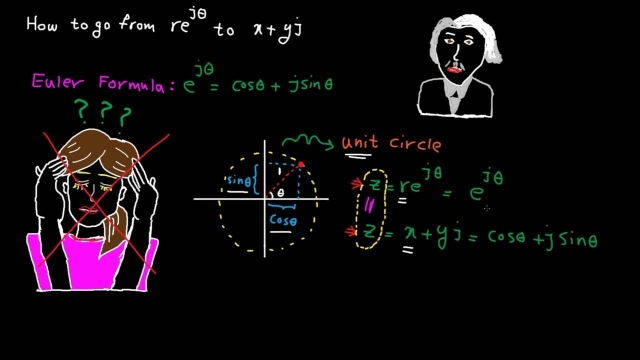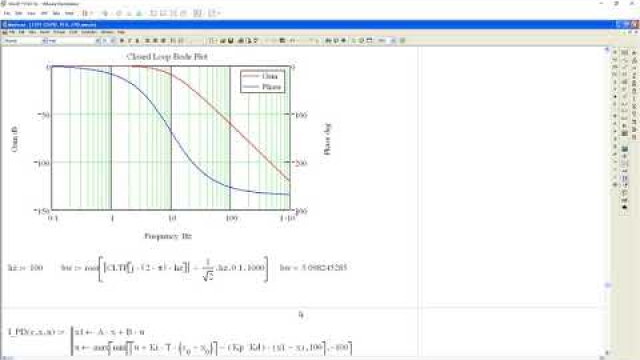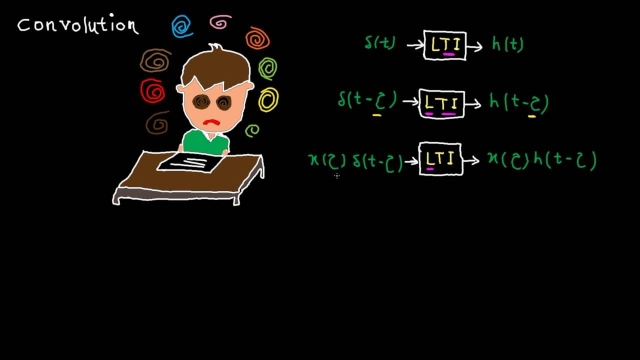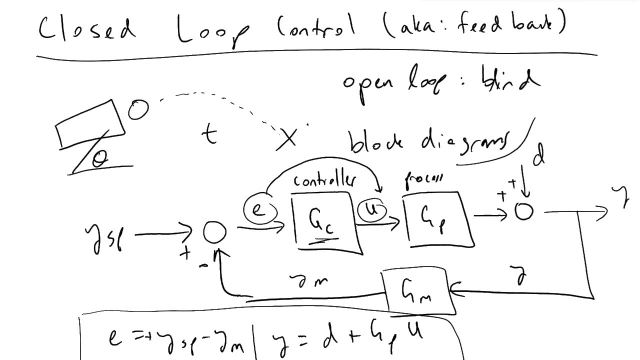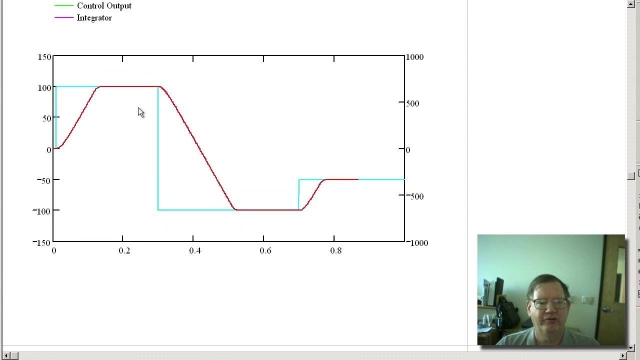
Second Order Dynamics Example
How will a second order process respond in the time domain when subjected to a unit step input? What other behaviors can we expect to see and why? Tune in to...
See MoreRL Course by David Silver - Lecture 10: Classic Games
An overview of Game Theory, minimax search, self-play and imperfect information games.
See MoreThe Fast Fourier Transform Algorithm
Here I discuss the Fast Fourier Transform (FFT) algorithm, one of the most important algorithms of all time.
See MoreControl Bootcamp: Observability
This video explores the observability of a linear system, namely the ability to estimate the full state "x(t)" from a time-history of limited output measurements "y(t)".
See MoreLecture 31: Time response, Controllability and Observability
A Nonlinear, 6 DOF Dynamic Model of an Aircraft: the Research Civil Aircraft...
In this video we develop a dynamic model of an aircraft by describing forces and moments generated by aerodynamic, propulsion, and gravity that act on the ai...
See MoreHumans, Robots, and Non-Prehensile Manipulation
This is a fun video that was inspired by a presentation I saw at the 2015 International Conference on Robotics and Automation (ICRA). I wanted to see if humans could duplicate the...
See MoreEuler Angles and the Euler Rotation Sequence
In this video we discuss how Euler angles are used to define the relative orientation of one coordinate frame to another.Topics and Timestamps:0:00 – Introd...
See MorePosicast Control 2 - ( In English )
This video is about the Half-Cycle Posicast. It includes some hints about how to simulate this type of control using Simulink
See MoreFuzzy Inference System Walkthrough | Fuzzy Logic Part 2
This video walks step-by-step through a fuzzy inference system. Learn about concepts like membership function shapes, fuzzy operators, multiple-input inference systems, and rule firing...
See MoreLecture 10: Second Order Underdamped Systems: Unit step response and time do...
Control Bootcamp: Sensitivity and Complementary Sensitivity (Part 2)
Here we explore the sensitivity and complementary sensitivity functions, which are critical in understanding robustness and performance. (Part 2)
See MoreUnderstanding and Sketching Individual Bode Plot Components
In this video we illustrate how 7 types of simple transfer functions contribute to a bode plot. We refer to these as ‘components’ and will cover the followi...
See MoreDerivation of the 2D Wave Equation
In this video we derive the 2D wave equation. This partial differential equation governs the motion of waves in a plane and is applicable for thin vibrating...
See MoreComputing Euler Angles: The Euler Kinematical Equations and Poisson’s Kinema...
In this video we discuss how the time rate of change of the Euler angles are related to the angular velocity vector of the vehicle. This allows us to design an algorithm to consume...
See MoreLecture 8: More on Transfer Functions
Derivation of the 1D Wave Equation
In this video, we derive the 1D wave equation. This partial differential equation (PDE) applies to scenarios such as the vibrations of a continuous string. ...
See MoreControllability and the PBH Test [Control Bootcamp]
This video describes the PBH test for controllability and describes some of the implications for good choices of "B".
See MoreLinear Systems of Equations, Least Squares Regression, Pseudoinverse
This video describes how the SVD can be used to solve linear systems of equations. In particular, it is possible to solve nonsquare systems (overdetermined or underdetermined) via least...
See Morecrash course on complex numbers
In this video, we quickly review “Complex Numbers”. The following materials are covered:1- Cartesian and polar representation of complex numbers2- how to con...
See MoreData-Driven Control: Change of Variables in Control Systems (Correction)
This video corrects a typo in the previous lecture.
See MorePeter Ponders PID - Closed Loop Zeros
This video covers closed loop zeros, what causes zeros and the benefits and drawbacks of closed loop zeros.
See MoreTime domain - tutorial 8: LTI systems, impulse response & convolution
In this video, the following materials are covered:1) the beauty of linear & time invariant (LTI) systems2) why the impulse response of an LTI system is so i...
See MoreClosed Loop Feedback Control
Intro to closed loop (feedback) control motivation, theory, block diagrams and block diagram algebra, and PID controllers
See More
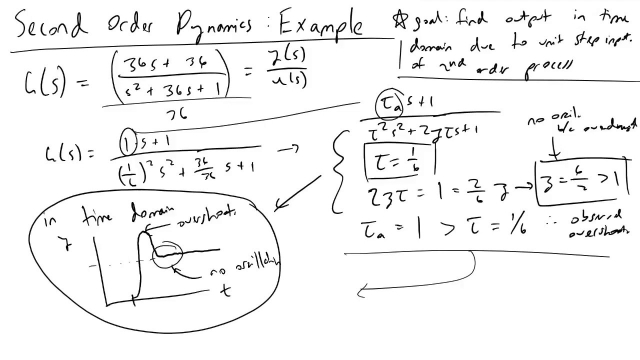
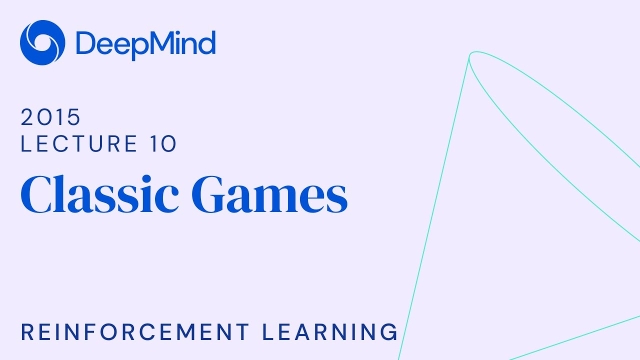
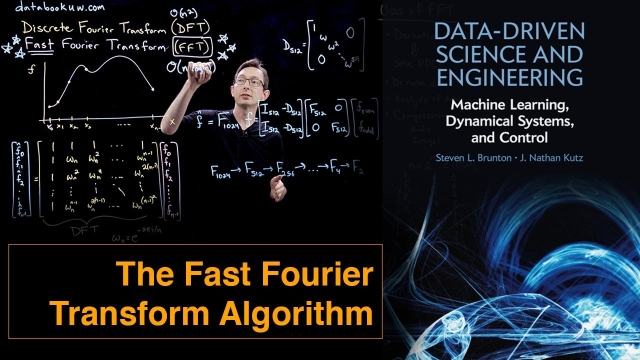
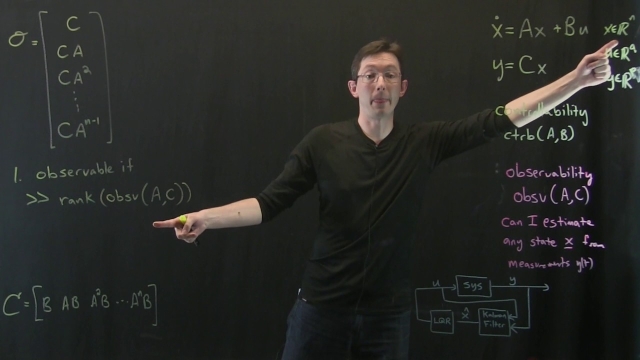
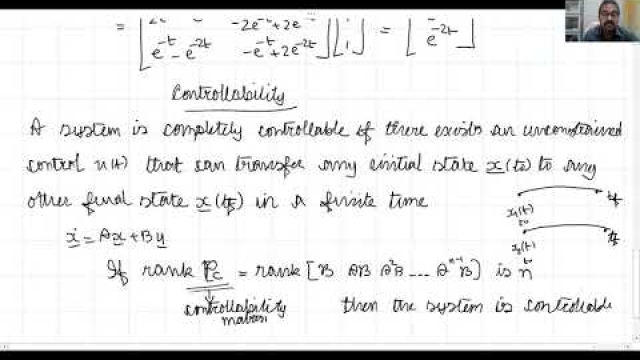
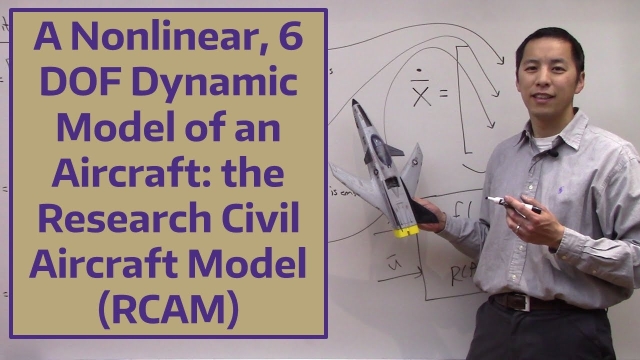
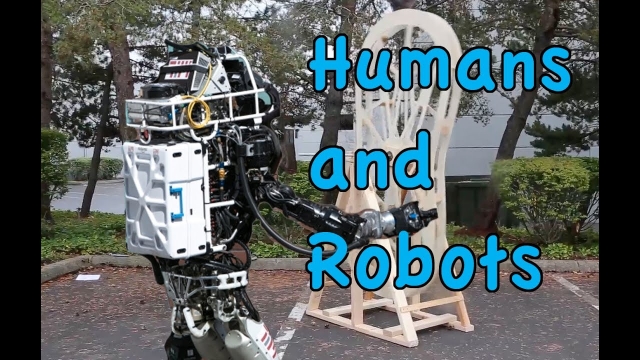
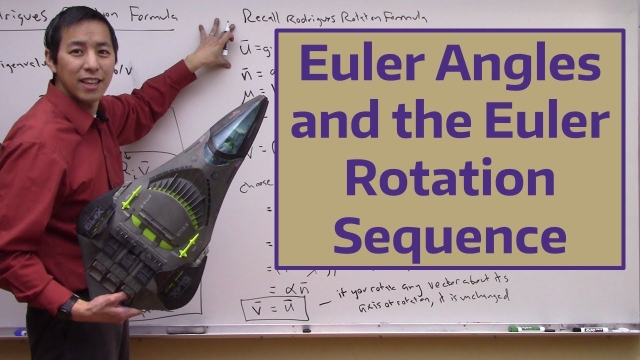
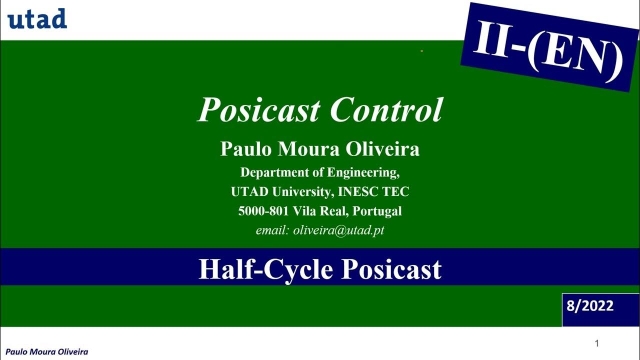
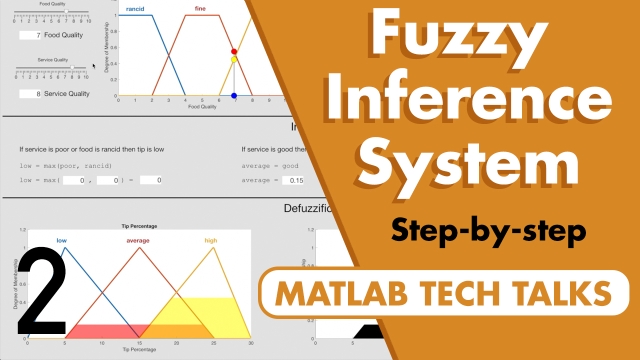
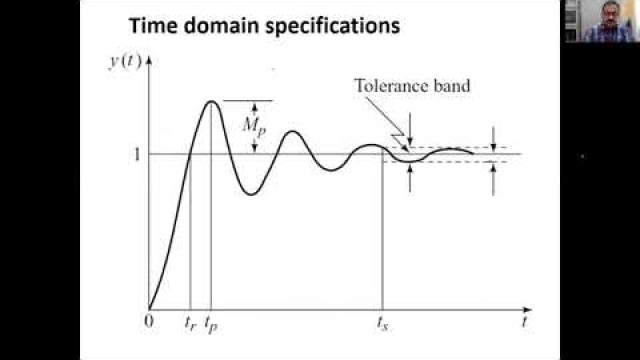
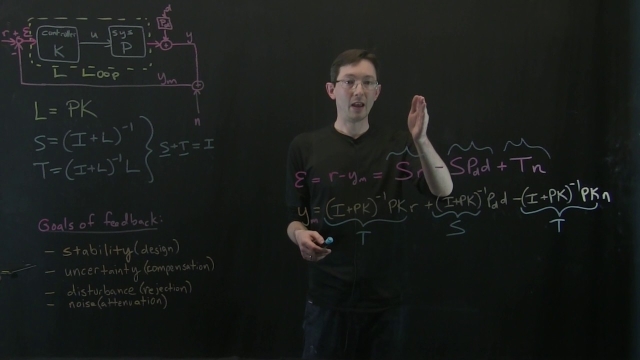
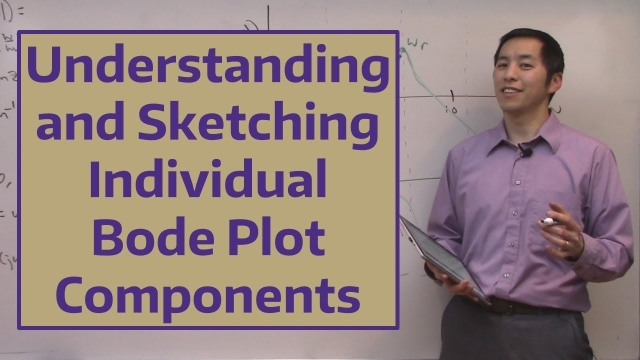
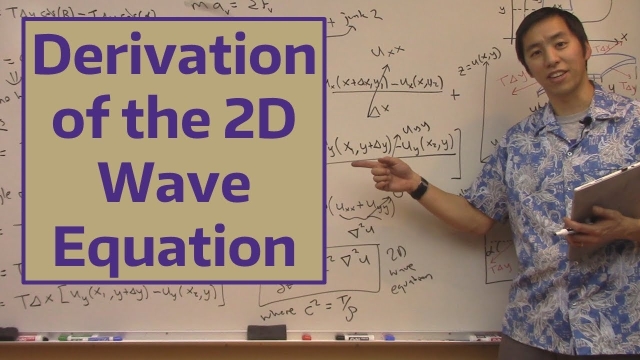
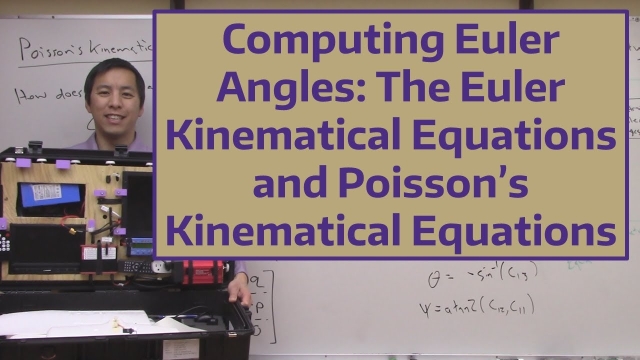
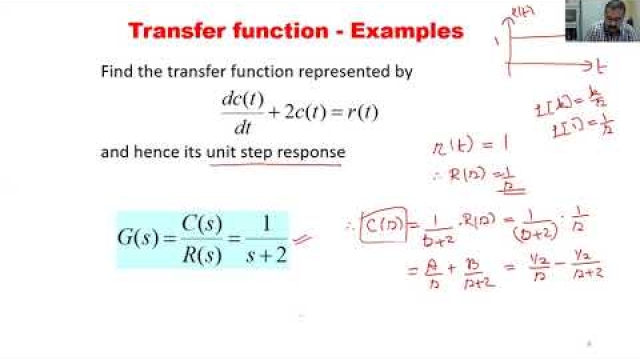
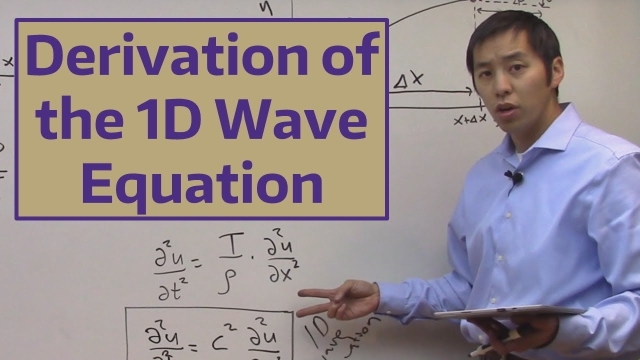
![Controllability and the PBH Test [Control Bootcamp]](/sites/default/files/styles/search_resulkts/public/2020-12/maxresdefault_303.jpg?itok=Q45x3uZ4)
